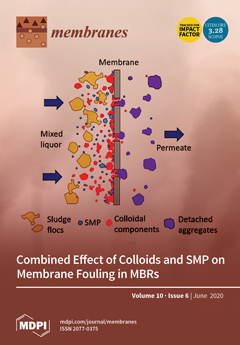Resistance to antibiotics has made diseases that previously healed easily become more difficult to treat.
Staphylococcus aureus is an important cause of hospital-acquired infections and multi-drug resistant. NorA efflux pump, present in bacteria
S. aureus, is synthesized by the expression of the
[...] Read more.
Resistance to antibiotics has made diseases that previously healed easily become more difficult to treat.
Staphylococcus aureus is an important cause of hospital-acquired infections and multi-drug resistant. NorA efflux pump, present in bacteria
S. aureus, is synthesized by the expression of the
norA gene. Menadione, also known as vitamin K
3, is one of the synthetic forms of vitamin K. Therefore, the aim of this study is to verify the menadione effect on efflux inhibition through NorA pump gene expression inhibition and assess the effects of menadione in bacterial membrane. The effect of menadione as an efflux pump inhibitor (EPI) was evaluated by the microdilution method, fluorimetry, electron microscopy, and by RT-qPCR to evaluate gene expression. In the molecular docking, association with menadione induces increased fluorescence intensity. Menadione was observed (100% of the clusters) interacting with residues ILE12, ILE15, PHE16, ILE19, PHE47, GLN51, ALA105, and MET109 from NorA. The results showed the
norA gene had its expression significantly diminished in the presence of menadione. The simulation showed that several menadione molecules were able to go through the bilayer and allow the entry of water molecules into the hydrophobic regions of the bilayer. When present within membranes, menadione may have caused membrane structural changes resulting in a decline of the signaling pathways involved in
norA expression. Menadione demonstrated to be an efflux pump inhibitor with dual mechanism: affecting the efflux pump by direct interaction with protein NorA and indirectly inhibiting the
norA gene expression, possibly by affecting regulators present in the membrane altered by menadione.
Full article






